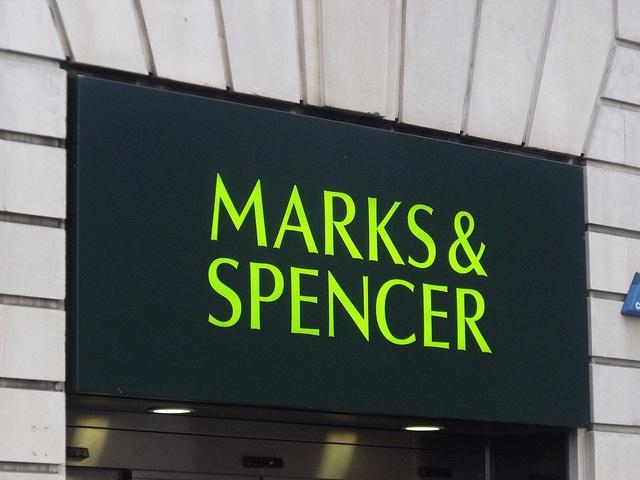
Looking at the Plan A and Annual reports of the British department store chain Marks & Spencer (M&S), two things become clear: The company is a sustainable retailer and sustainability increases its bottom line.
M&S became the first retailer to achieve triple certification to the Carbon Trust’s Carbon, Waste and Water Standards, as the Plan A report shows. M&S achieved this while sales increased in the U.K. by 2.3 percent and 6.2 percent internationally.
The Plan A report details progress toward the company’s Plan A goals. In 2007, M&S launched Plan A as a “technical initiative,” as Mike Barry, director of Plan A stated in the report. During the first phase of Plan A, M&S made 100 commitments to reduce its social and environmental footprint. In the next phase, the company integrated Plan A into its management processes.
Now, M&S is focusing on engaging with its customers and employees to make Plan A part of how it does business. So far, M&S has achieved nine Plan A 2020 commitments. Eleven are not started, one is behind plan, and the rest are on plan. One of the nine commitments achieved is reducing business flights by 43 percent per full-time equivalent employee, exceeding its goal by 23 percent by increasing use of video conferencing and rail travel.
M&S has also achieved some of its Plan A goals for 2015. This year, 57 percent of the company’s products had at least one Plan A quality, beating its 2015 goal of 50 percent. The Plan A qualities include Fair Trade, organic, free range, cruelty-free, low alcohol, sustainably sourced materials, recycled content, healthy food, and made in a factory that best meets environmental or social practice standards.
Sustainability throughout the supply chain
M&S has big goals for its supply chain, including for all of its farmed fish and fish feed to come from the most responsible sources available by 2015. To meet that goal, M&S developed Select Farm Assurance codes of practice for salmon, shrimp and fish feed which includes welfare, social and ethical, quality and food safety developed with the support of World Wildlife Fund and industry experts. Other supply chain goals include palm oil, cotton and wood:
- All palm oil used in M&S products has Roundtable on Sustainable Palm Oil (RSPO) certification, with 63 percent coming from physically certified sources. The other 37 percent is covered by GreenPalm certificates to encourage transitioning to sustainable palm oil supplies.
- 96 percent of wood used in products comes from sustainable sources, including Forest Stewardship Council, and recycled material.
- 20 percent of the cotton used in products comes from sustainable sources, including the Better Cotton Initiative, Fair Trade, organic and recycled. The goal is for 25 percent of cotton to come from sustainable sources by 2015 and 50 percent by 2020.
One step further: Food standards
M&S has a goal of having all of its food suppliers implement a gold/silver/bronze sustainability benchmarking standard. The specific goal is that by 2015, 30 percent of product by volume will come from factories that have reached silver level, and 75 percent by 2020. The company is already on the way toward its goal; it more than doubled the amount of products from food suppliers that meet its silver standard for sustainable food factories from 8 percent in 2013 to 19 percent this year. Other progress by suppliers includes:
- 25 percent have improved energy efficiency by at least 20 percent
- 24 percent have reduced water usage against last year
- 41 percent send no waste to landfills
- 40 percent now have positivity scores of 65 percent or more in staff feedback surveys
The Plan A report also details waste and water reductions, and two projects stand out as examples of what the company has achieved. The first example has to do with waste reduction: By working with the Somerset County Council Waste Partnership, 14,600 tons of packaging was collected and recycled this year. Some of the materials collected are used to produce 13 types of M&S food packaging. The second has to do with water reduction. M&S introduced water-free packaging this year for bouquets of flowers purchased online. Flowers are sealed in an airtight bag instead of using water while being transported from a warehouse to the customer’s home. This method will save a half a million liters of water this year alone.
Image credit: Elliot Brown

Gina-Marie is a freelance writer and journalist armed with a degree in journalism, and a passion for social justice, including the environment and sustainability. She writes for various websites, and has made the 75+ Environmentalists to Follow list by Mashable.com.














